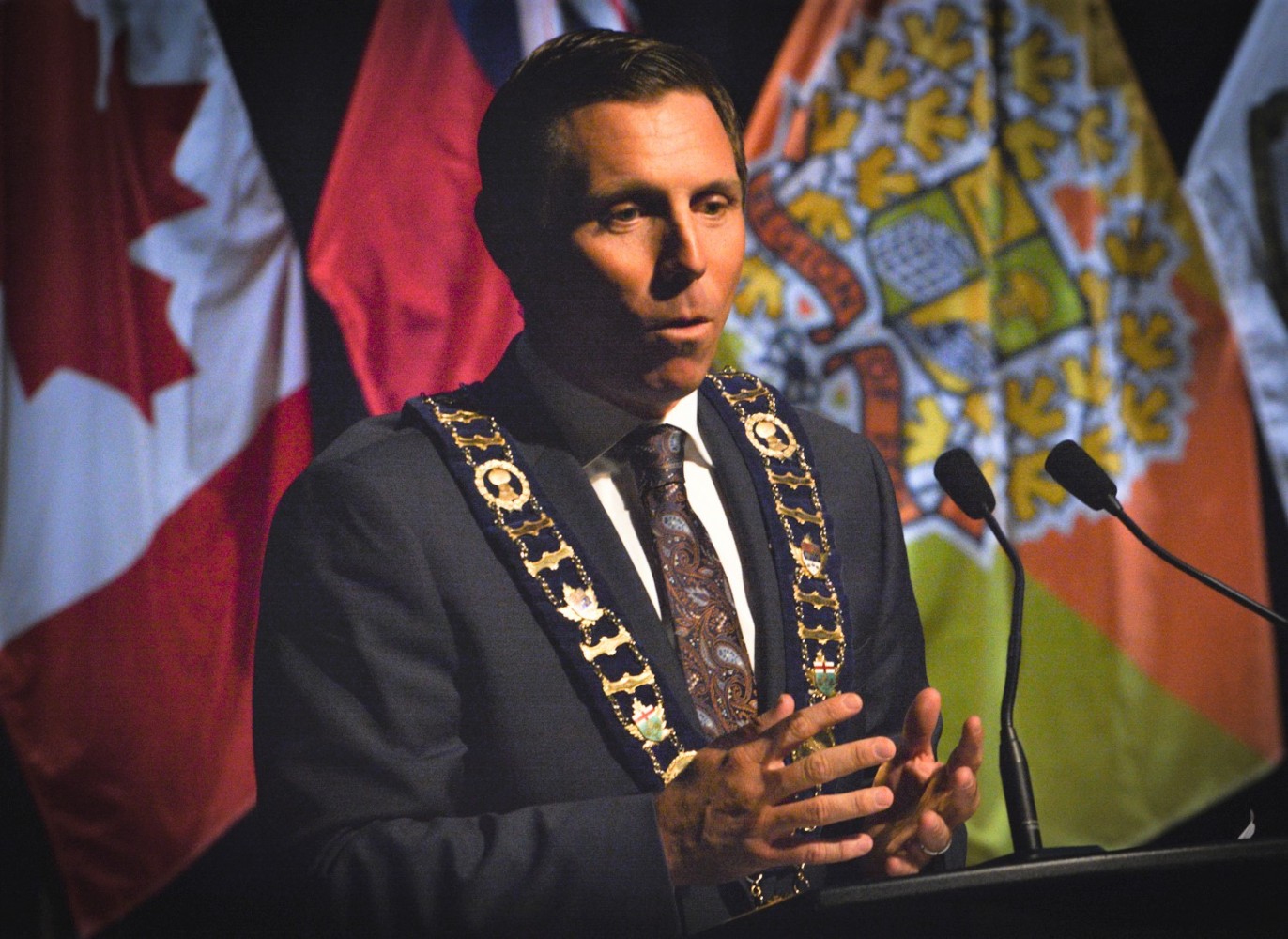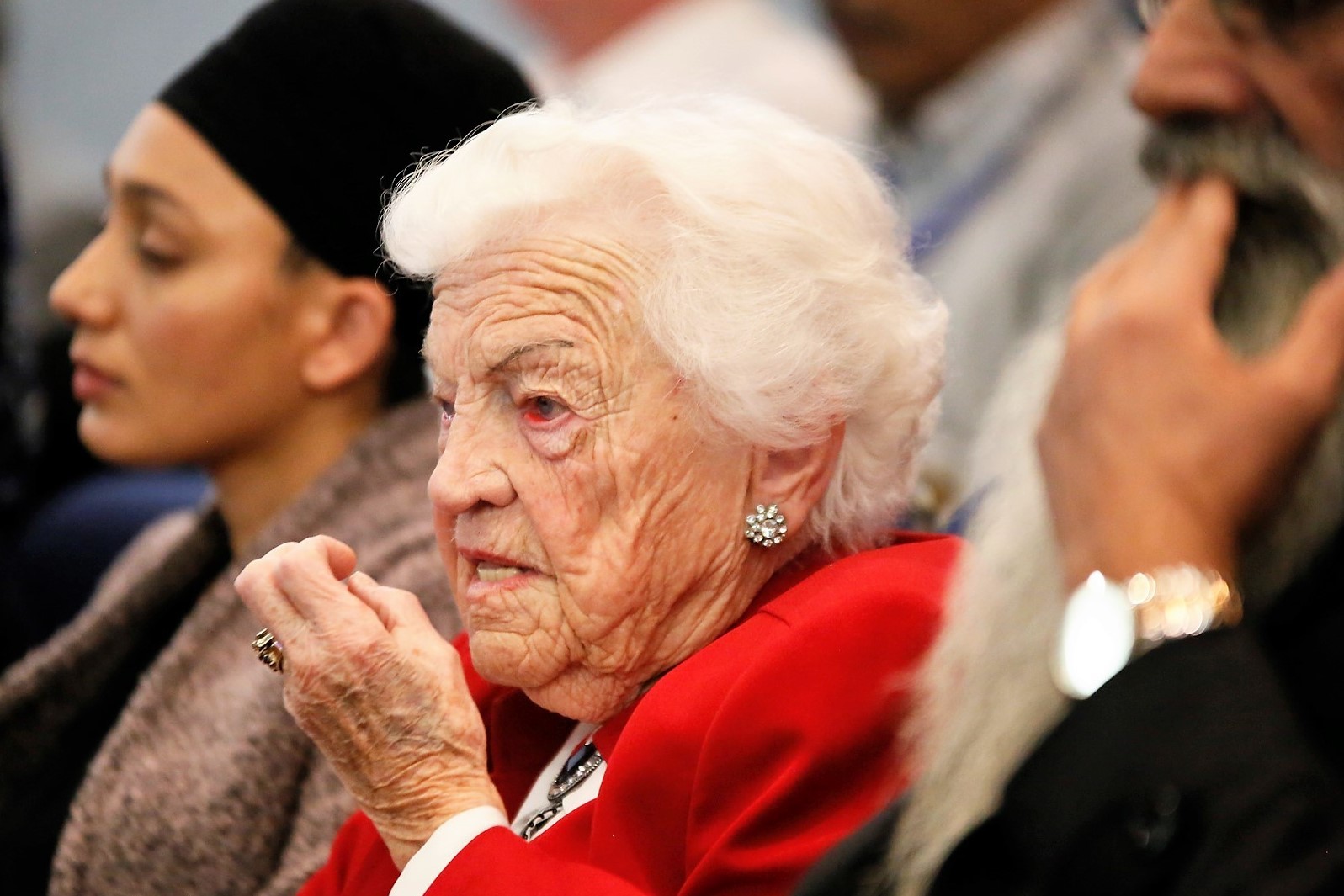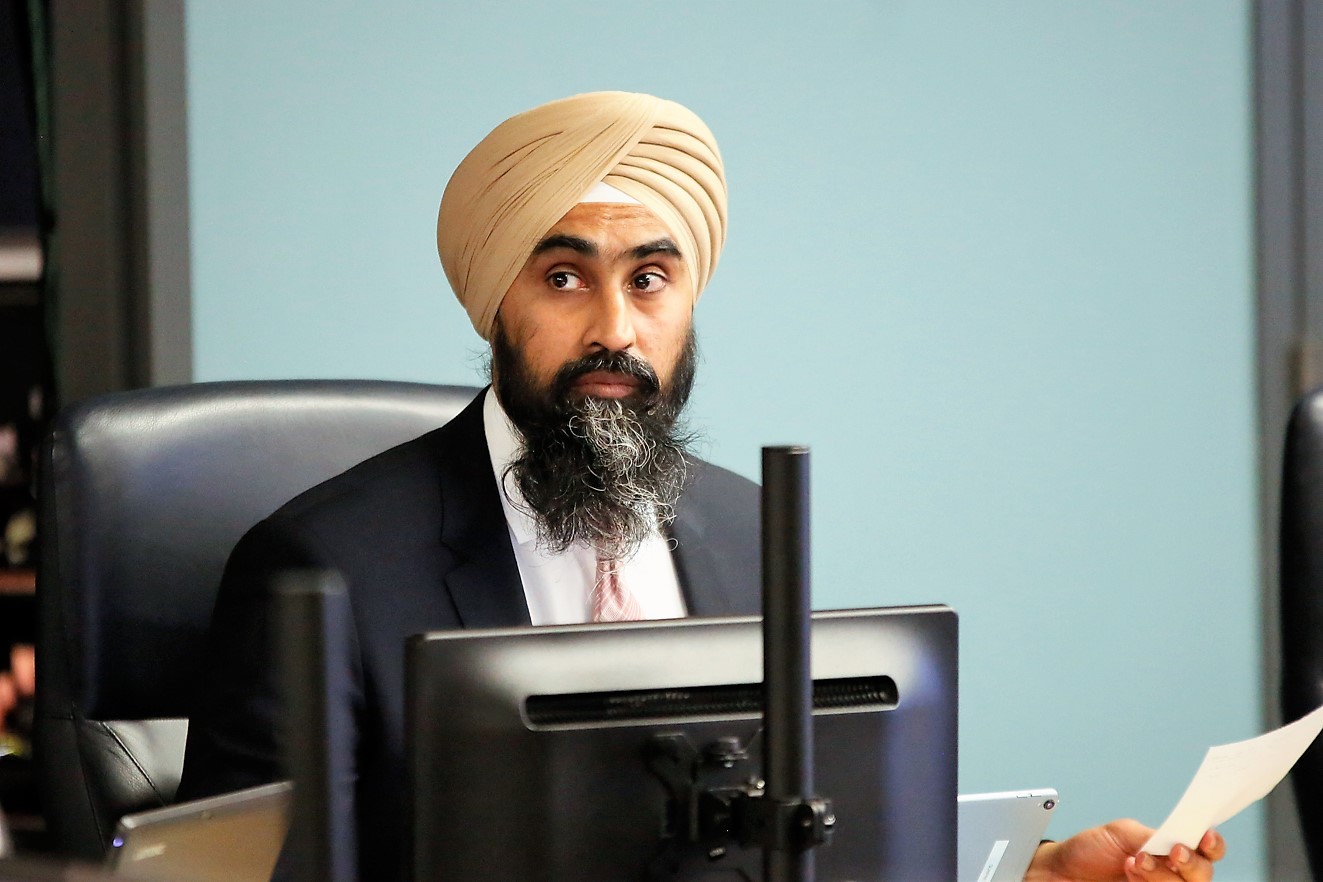
Brampton taxpayers need relief, but not at the expense of the city's future
The City of Detroit, the engine that drove post-war American expansion across the globe, filed the largest Chapter 9 municipal bankruptcy in the country’s history, claiming a debt between $18 and $20 billion in 2013.
A narrative quickly emerged as the rational justification. The city’s manufacturing sector was on life support. Motor City U.S.A. was a roadside wreck. The big three automakers that put people around the world into a car, ran into a wall of skyrocketing oil prices while the most devastating recession since the great depression left banks begging for taxpayer-funded bailouts. Residents once employed on the giant, mechanized assembly lines streamed out of the city, sending property values and municipal revenues tumbling.
As it lay on its death bed, this was the solemnly told reckoning whispered into the ear of the hollowed-out city.
But at the Detroit Free Press, journalists who knew the inner workings of the city better than anyone, with an institutional DNA that pre-dated its rise and fall, began to challenge the convenient narrative being spun by the very institutions at the centre of Detroit’s demise.
Was it that easy to explain away the city’s tragic collapse?
The State of Michigan took over Detroit’s finances and an emergency manager was appointed to get a clear picture of what had happened.
The Free Press went even further, collecting municipal data going back to the ‘50s. It found that during the city’s rapid growth between 1950 and 1990, successive mayors and other municipal politicians allowed popular, but eventually fatal financial policies to become the norm.
Incentives to Chrysler, Ford and General Motors saw sprawling tracts of land virtually gifted to the big three for expansion. Infrastructure to service the city-sized auto-parks was not supported by the commensurate taxes required from the giant, growing corporations, despite the billions in profits they continued to post. At the height of the imbalance, Detroit was giving $20 million annually in tax breaks to businesses.
Residents enjoyed similar largesse, as relatively low taxes failed to bridge the growing divide between revenues and expenses.
Those expenditures, mostly for staff, began to outpace taxes, with lucrative salaries, benefits befitting royalty and retirement pensions that would one day ruin the city’s balance sheet. The Free Press showed how outsized the bureaucracy was, growing far beyond the ability to sustain the cost of labour.
The final blow was the reliance on debt, as bond holders on Wall Street gradually took over the city’s assets. By the great recession it was too late. Cutting a staggering $419 million from Detroit’s operating expenses, mostly by laying off almost 2,400 staff in a city of just over 700,000 residents, couldn’t prevent the bankruptcy filing in 2013.
Brampton faces a similar reckoning.
Mayor Patrick Brown has joined a long list of political leaders stuck in a hamster wheel. He was an outsider with an outsider’s chance at winning the race for mayor. One of the promises he made during the silly season otherwise known as election-time (a never-ending cycle these days that runs constantly from one campaign to the next) was to provide tax relief to beleaguered Brampton residents. Such commitments are not part of sound fiscal policy to get the city where it needs to go, they are election and re-election strategies — the popular bromides that soothe and placate the frustrated electorate.
Populist mayors like those in Detroit and Brown’s role model Hazel McCallion, who rose to the greatest heights of popularity ever enjoyed by a Canadian mayor, at one point refusing to even run a re-election campaign (she told fawning supporters to instead send their donations to a favourite charity), have used tax breaks to great, and fatal effect.

After almost two decades of near-zero percent tax increases, by 2015 the City of Mississauga faced a $1.5 billion infrastructure deficit for the future cost of maintaining the very structure of the municipality. Those costs should have been partly covered by the adoring subjects of Queen Hazel, who instead got a free ride in return for keeping the potentate on the throne for 36 years.
Bonnie Crombie and future mayors in the booming city to Brampton’s south will have to keep explaining to future generations of property owners why they’re paying for the gifts that McCallion billed as her own.
To his credit, Brown seems to have done his homework. While it was premature to call for a tax freeze in 2019, before he really had a clear financial picture of what Brampton is facing, the mayor was resolute in demanding a sweeping external audit of City Hall.
Harry Schlange, the recently dismissed head bureaucrat, asked Brown not to call the outside probe into each and every department, claiming it would “paralyze” staff. Brown did so anyway. And immediately after, Schlange was jettisoned.
Brown surely knows about the work done in 2015 by former Ontario auditor general Jim McCarter, who was hired by the city to get a handle on its finances after the Animal House years of Susan Fennell (2000-2014).

While Fennell cheerleaded her way around “her” city, throwing swanky private galas and golf tournaments for the city’s elites, and the developers who donated generously in return for profitable access to Brampton’s valuable lands, finances inside City Hall were, well let’s just say, a passing concern.
Budgets were passed with little debate. At one point, long-time budget chair, councillor Gael Miles (now retired), actually questioned why council members, the protectors of the public purse, should even scrutinize the numbers and requests presented by staff. She suggested approving the budget sight unseen.
This was while, as revealed primarily through the media, staff under former city manager Deborah Dubenofsky lost track of hundreds of millions of dollars in approved capital projects. A 2014 report by her successor John Corbett showed that 144 approved projects for things such as road widenings, upgrades to infrastructure and work on community facilities were so far beyond any oversight that they would have to be closed off, cancelled because they were either no longer needed or because new priorities had overtaken them.
Thanks to more work by the media, hundreds of non-compliant contracts tendered by the city were also discovered, possibly costing taxpayers tens of millions in excessive payments for work. It was learned that under Fennell and Dubenofsky the proper, regular reporting of contract irregularities to council so it could take action, had been inexplicably discontinued by Dubenofsky. One of the main beneficiaries of the non-compliant contracts was a close friend of Fennell.
It was no surprise that the C.D. Howe Institute, a financial think tank that crunched municipal budget data from 2001 to 2010, found Brampton’s budgets were wildly inaccurate. Of 23 major municipalities across Canada studied to see how accurate their approved budgets were when compared to the actual budget figures that came in at the end of each year, Brampton scored dead last. The city was a mind boggling 51.4 percent off, on average, when looking at the staff-presented and council approved budgets at the beginning of the year, compared to the actual figures at the end of the year, which showed the real picture of revenues and expenditures. Imagine a household that planned and budgeted to spend $50,000 at the beginning of the year, staring at an overall bill on December 31st of more than $75,000.
By comparison, Durham Region, the best performing municipality in the study, was 3.9 percent off, on average over the ten-year period, Toronto was fifth best at 5.1 percent and Mississauga was 16th at 11.4 percent. Vaughan, the municipality closest to Brampton in terms of budget accuracy was still miles ahead, at 21.6 percent. That means of all the Canadian cities scrutinized by C.D. Howe, Brampton performed more than twice as poorly as the next worst municipality.
And Gael Miles, the chair who oversaw the entire process, wanted to rubber stamp the staff presented budgets.
While the city’s infrastructure began to show signs of its age and the downtown slipped further into decay as other needed plans were added to the growing list of deferred capital projects, Fennell refused to take on external debt, despite historically low municipal bond rates that other cities across the country were taking advantage of. They recognized the benefits: a low fixed interest rate immune to inflation that would be paid off during the lifespan of the infrastructure so that all users paid for it fairly.
Fennell’s failed leadership was never more evident than during her frequent campaign-style speeches at public events, when she would trumpet Brampton’s “debt-free” status while the city’s finances deteriorated and projects were put on the shelf. She was fastidiously committed to retaining that status and would routinely congratulate herself for also leading a city with a glowing credit rating. The only reason municipalities want a good credit rating score is because it lowers the borrowing cost when taking on external debt.
Meanwhile, the frat-house spending inside City Hall became so sad, one could only laugh.
Shortly after Corbett took over as CAO in 2012 it was revealed that under Dubenofsky’s watch, taxpayers had unwittingly spent about $175,000 to send senior staff to Fennell’s annual private fundraising events, without council’s knowledge. Dubenofsky had repeatedly told skeptical councillors that no city funds had been used for Fennell’s annual gala and golf tournament.

Former city manager Deborah Dubenofsky
Then, last year it was revealed that between 2009 and 2014, senior staff had operated a secretive bonus slush fund that paid out $1.25 million to non-union employees, without any council oversight of the payments. A staff report said some of the “discretionary” payments were for “favouritism”, that the money was outside the council-approved bonus structure and that the funds used for the secretive scheme could not be tracked by internal controls. The most senior staff who signed off on the payments could have received some of the money themselves. Eight employees received a combined $316,000 in non-approved bonuses. Their names were never revealed. The shocking revelation infuriated Brampton taxpayers and former mayor Linda Jeffrey, who said, “This is at best serious negligence, and at worst corruption.” A police investigation cleared staff of any criminal misconduct.
And then there is the City Hall expansion. A decision in the $28.5 million lawsuit over the controversial project should come soon. One thing is already known, thanks to the trial earlier this year — the bid by the disqualified local builder that launched the suit was $95 million less than the $205 million taxpayers are paying over 25 years for the West Tower extension. That’s another alarming figure for residents staring at property tax bills that continue to rapidly rise.
Brown takes over with a clean slate. Schlange dismissed 25 senior managers shortly after he took over in 2016 and now he’s also gone.
The 2015 McCarter report on the city’s stretched finances showed labour costs inside City Hall are the major problem. Reserve funds have also been eaten away, but it’s a revenue imbalance caused by unsustainable staffing costs that is the real elephant in the room. McCarter found that almost 95 percent of revenue gains, mostly related to Brampton’s rapid growth, were being eaten up by labour costs at City Hall.
Detroit is the cautionary tale.
A city hurt by the loss of manufacturing jobs, an imbalance in its tax base and a state government that began to pull funding commitments. All while City Hall swelled like a bloated tumour. Sound familiar?
Ontario’s finances, anchored in a $321 billion debt, suggest more cuts to Brampton, on top of the $90 million already pulled by the Doug Ford government from the city’s downtown university project, while the debt clock races forward by the second.
A rough estimation of the city's immediate needs includes about $200 million for downtown flood mitigation; $150 million already committed for the university and innovation centre project; another $90 million to make-up the province’s university cut; about $200 million for the city’s share of badly needed healthcare expansion; about $500 million for infrastructure upgrades in the next ten years, including the cost of the postponed Downtown Reimagined project and the city’s obligation for surface upgrades along the Main Street LRT route, if the plan goes forward.
That’s more than $1.1 billion. It’s doable for a big city like Brampton, and Mayor Patrick Brown has won the opportunity to be given a chance to right the city’s finances.
But it’s clear that decisions should not be rushed into. A council request led by Gurpreet Dhillon and supported by some new members to increase their staffing level by ten extra employees came out of the blue and surely wasn’t aligned with Brown’s call for a 2019 tax freeze or his demand for a department-by-department (including council) reconciliation of necessary costs, with the aim of finding savings.

Councillor Gurpreet Dhillon
Mississauga councillors, facing their own infrastructure deficit, for years have questioned if the now-built-out city requires staffing levels once needed to support a hyper-growth community.
Brown has called in international consulting firm KPMG for the department-wide audit. Let’s see what they find. In the meantime, the city should think hard about populist election promises.
With critical infrastructure upgrades needed across the city and other structural problems that have to be addressed, while citizens demand world-class transit, post-secondary education and healthcare, Detroit serves as a reminder of the real cost to pay when the big picture gets ignored.
Submit a correction about this story


